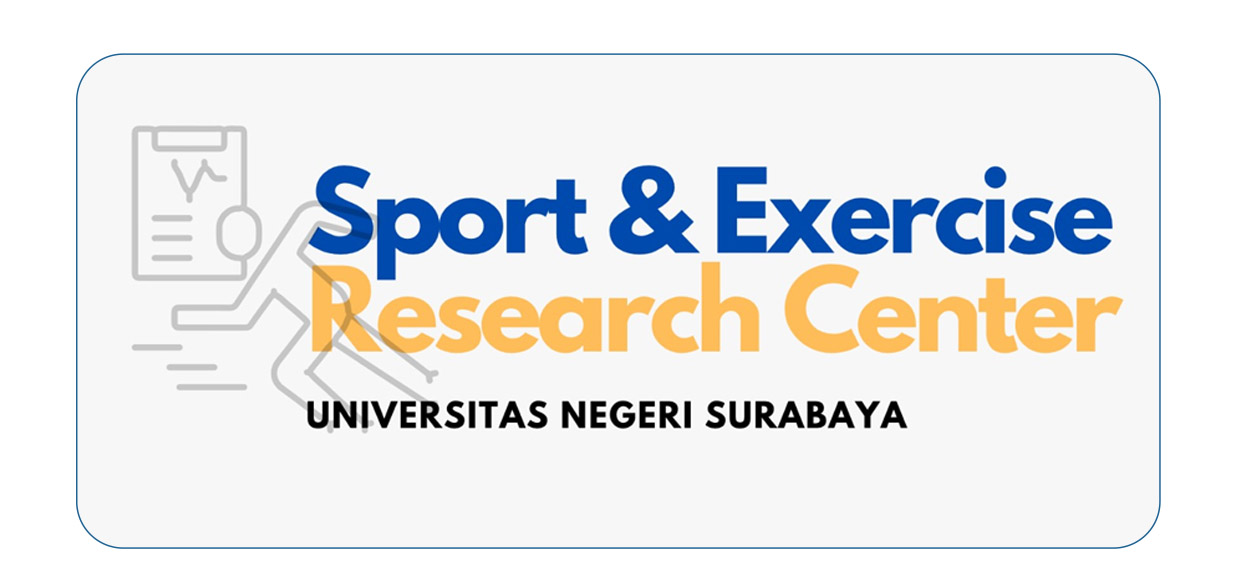VO2Max in Soccer Players: Comparison of Interval Training and Continuous Running
DOI:
https://doi.org/10.26740/jossae.v8n1.p46-53Keywords:
continuous running, exercise, interval training, performance, soccer, VO2MaxAbstract
Soccer is a complex sport that requires excellent physical condition. One of the important physical conditions that soccer players have is endurance or VO2Max. Therefore, a training method is needed to increase the VO2Max of soccer players, to maintain the skills they have. This study aims to compare interval training and continuous running in increasing the VO2Max of soccer players. This study is quasi-experimental with a two-group post-test design. The subjects in this study were 24 people with an average age of 23.46 years. All players are members of one of the amateur clubs in West Sumatra. They are players who only train 3 times a week. The subjects were then grouped into 2 groups through the ordinary matched pairing technique so that the interval training group was 12 people and the continuous running group was 12 people. The player's VO2Max data is obtained by conducting a test using a multi-stage fitness test (bleep test). After all the data is obtained then analyzed using the t-test. The results indicate a significant difference between the two training methods, where interval training is more effective than continuous running, it can be seen that tcount > ttable = 2.17 > 1.796. So, it can be concluded that interval training is better than continuous running in improving the VO2Max of soccer players.
References
Alexander, R. P., & Mier, C. M. (2011). Intermittent vs Continuous Graded Exercise Test for VO 2 max in College Soccer Athletes. 15.
FIFA. (n.d.). FIFA COACHING MANUAL. FIFA.
Hasibuan, R., & Damanik, R. Z. (2019). Pengaruh Latihan Interval Running Dengan Continuous Running Terhadap Kadar Hemoglobin Dan Vo2 Max Pada Atlet Baseball Binaan Usbc Universitas Negeri Medan 2018. Sains Olahraga : Jurnal Ilmiah Ilmu Keolahragaan, 2(2), 20. https://doi.org/10.24114/so.v2i2.11178
Najafi, A., Shakerian, S., Habibi, A., Shabani, M., & Fatemi, R. (2015). The comparison of some anthropometric, body composition indexes and VO2max of Ahwaz elite soccer players of different playing positions. 5.
Rustiawan, H. (2020). Pengaruh Latihan Interval Training Dengan Running Circuit Terhadap Peningkatan Vo2Max. Jurnal Wahana Pendidikan, 7(1), 15. https://doi.org/10.25157/wa.v7i1.3108
Sidik, D. Z., Pesurnay, P. L., & Afari, L. (2019). Pelatihan Kondisi Fisik (Nita (ed.)). PT Remaja Rosdakarya.
Syahroni, M., Muliarta, I. M., Krisna Dinata, I. M., Putu Sutjana, I. D., Pangkahila, J. A., & Handari Adiputra, L. M. I. S. (2020). Latihan Fartlek Dan Latihan Continous Running Mempunyai Efek Yang Sama Dalam Meningkatkan Vo2Max Siswa Ekstrakurikuler Bola Voli Man 2 Manggarai. Sport and Fitness Journal, 8(2), 1. https://doi.org/10.24843/spj.2020.v08.i02.p01
Taylor, J. J. (2016). Youth Football. Www.FIFA.Com, 257.
Turnley, J. (n.d.). VO2max: how can an endurance athlete use it to obtain peak performance? i(16), 9.
Wiguna, I. B. (2017). Teori dan Aplikasi Latihan Kondisi Fisik. PT Rajagrafindo Persada.
Downloads
Published
How to Cite
Issue
Section
License
Copyright (c) 2023 JOSSAE (Journal of Sport Science and Education)

This work is licensed under a Creative Commons Attribution-ShareAlike 4.0 International License.
 Abstract views: 1880
,
Abstract views: 1880
, PDF Downloads: 3239
,
PDF Downloads: 3239
, PDF Downloads: 175
PDF Downloads: 175








